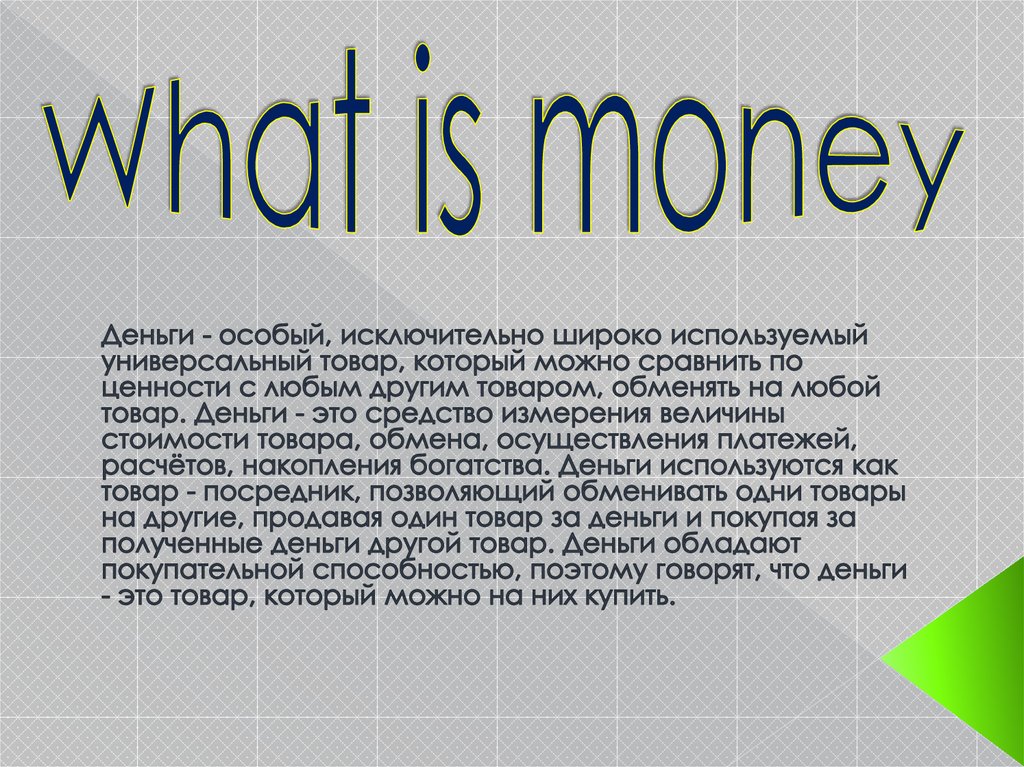hero motocorp: Stock Radar: Breakdown from rising wedge pattern could fuel further downside in this 2-wheeler stock; time to sell? The Economic Times
Contents
A rising wedge pattern is made from two converging trend lines when the price movements start to show higher highs and higher lows in a technical chart. A cup and handle formation is similar to a cup and handle with the cup shaped like a “u” and the handle slanted downward. The pattern consists of a price decline followed by a price rebound to the previous level, followed by a smaller decline, and then a rise past the previous high resistance level. It is interpreted as an indication of market bullishness and potential price increases.
The buyers were long in control and making gains in an uptrend, but the fact that the buyers failed in three consecutive attempts to break higher, amplifies the reversal. These failures leave buyers exhausted and vulnerable, providing an opportunity for sellers to recoup previous gains. The likelihood of a neckline break increases after the third unsuccessful attempt to break the resistance. The triple top pattern forms less frequently than the double top pattern because there is one less peak to occur. A rounding bottom is a bullish reversal pattern that appears at the end of a downtrend.
Update your e-mail and phone number with your stock broker / depository participant and receive OTP directly from depository on your e-mail and/or mobile number to create pledge. The take profit target is measured by taking the height of the back of the wedge and by extending that distance down from the entry. Similar to technique 1, the profit target is measured by taking the height of the back of the wedge and by extending that distance down from the entry. The slowing of momentum is noted, and it usually precedes a reversal to the downside. This is a bearish pattern that signals that security is likely to move downward.

If anyone approaches you with such false information be informed that we do not allow that. We at Enrich Money do not provide any stock tips to our customers nor have we authorised anyone to trade on behalf of others. If you How Much Tax Do I Have to Pay on Stocks If I Sell come across any individual or organisation claiming to be part of Enrich Money and providing such services, kindly intimate us immediately. The chart below depicts that the stop loss would go above the new resistance area.
How to trade wedge and triangle Chart Patterns: Beginners Guide to the Stock Market
The price remains confined within the trend lines of the rising wedge pattern. This type of wedge pattern is bearish and signals that the price is likely to drop and move in the downward direction soon. The rising wedge chart pattern can be seen with higher highs and higher lows. Falling wedge patterns can form in any timeframe, from intraday to monthly charts. When interpreting this pattern, it is important to look at the overall price trend leading up to the formation of the pattern as well as the volume levels. A true falling wedge pattern should form in a downtrend and should see decreasing volume levels as the pattern forms.

The drop of the handle portion should retrace approximately 30% to 50% of the rise at the end of the cup. It is a bullish signal that extends an uptrend and is used to identify opportunities to go long. For stock prices, the pattern can last anywhere from a few weeks to a few years; however, the cup typically lasts 1 to 6 months, while the handle should only last 1 to 4 weeks. When using this indicator, technical traders should place a stop buy order slightly above the upper trendline of the handle part of the pattern.
Rising Wedge Pattern Screener
The first peak is called the left shoulder, the second peak is called the head, and the third peak is called the right shoulder. Once this peak is made, price usually retraces part of the advance before bottoming out. Price then advances from the low of the left shoulder, makes a new high, and then heads lower and back near the low of the left shoulder. Once the recovery begins from the low of the head, a chartist can draw an extended neckline connecting the low of the left shoulder and the low of the head.
When this pattern is found in an uptrend, it is considered a reversal pattern, as the contraction of the range indicates that the uptrend is losing strength. Triangle patterns are a type of chart pattern that traders look for when the trading range of a stock price narrows after an uptrend or downtrend. Unlike other chart patterns that indicate a clear direction for the upcoming price movement, triangle patterns can predict either a continuation of the previous trend or a reversal. Although triangles tend to predict the continuation of the previous trend, traders must wait for a triangle breakout before acting on this chart pattern.
Descending broadening pattern (Pattern type: Bullish Reversal)
At all costs, keep trailing the stop loss and protect the winning position. Towards the end of the wedge, one can see a clear break out happening in the downward direction. A short trade taken after the confirmation of the break out of price in the month of January of the next year could have been quite a successful trade.
- In the hourly trades, the Nifty share price has closed below its 5 HEMA high .
- The rising wedge pattern can be formed in both an uptrend and a downtrend.
- One of the key features of the falling wedge pattern is the volume, which decreases as the channel converges.
- The price falls a third time, but only to the level of the first trough, before rising again and reversing the trend.
- “Rising wedges” are usually bearish in both uptrend and downtrend markets.
According to CoinMarketCap, wedge patterns usually require around 3 to 4 weeks to form. These patterns generally indicate a trend reversal and are, therefore, always a good signal for traders and investors. A rising wedge pattern is ideal for short sellers who wish to bet against a token. On the other hand, a falling wedge pattern is usually a good buy indicator, as prices could take off shortly. However, wedge patterns are relatively common for cryptocurrencies and can be reliable indicators of incoming trend reversals. Falling wedges are generally taken to be more reliable than rising wedges with regard to their price breakout signals.
Also notice how volume contracted during the first two bottoms but then expanded sharply during the advance from the third bottom. Again, keep some flexibility when looking out for triple bottom patterns. It is relatively rare to find three bottoms and two intervening highs at exact levels. Sometimes, the bottom or the intervening peaks might be slightly ascending or descending rather than horizontal.
Either ways, this pattern is a reversal pattern in most of the cases. To draw trendlines, at least two higher highs and two lower lows are needed. Once the highs and lows are identified, lower and upper lines can be drawn.
Wedge patterns have converging trend lines that come to an apex with a distinguishable upside or downside slant. If we see a pattern in which the two trend lines are converging and not parallel, this forms the wedge pattern. Basically, in a wedge chart pattern, the highs are rising at a different https://1investing.in/ rate than the lows falling. The wedge pattern can occur both when the price, on the whole, is increasing or decreasing. In technical analysis, a descending wedge pattern is a chart pattern that signals that the previous downtrend is coming to an end and that prices are likely to start rising.
A wedge is a shape formed by two converging trend lines on a technical price chart. As shown in the image, rising wedges can be used such that analysts draw trendlines both below and/or above it. As the lines keep converging a trader is able to predict a potential breakout reversal. It is possible that the price may be outside of either trend line, as wedge patterns have the tendency to break in the polar opposite direction from the estimated trendline.
Chart patterns
In addition, they have a high failure rate and are relatively difficult to spot them. Finally, if you plan to use a wedge pattern as a base for your investment/trading strategy, remember to commit only as much monies as you can afford to lose entirely. The wedge pattern is sought after because it is the calm before the storm; it is the consolidation before an uptick or downtick. Traders want to get in on the action when the wedge patterns are ripe because they know that the market will react to the pressure.
We can openly state that no business can provide you so much return in a single day as trading Bank nifty Options requires very little capital to get started. A Head & Shoulder top is a bearish reversal pattern that appears after a rally in price. Talking about the volume characteristics, volume should usually be high during the first part of the pattern when price is rising.
Option buying vs Option selling
The break above the resistance line is a signal that the downtrend could be reversing and creating a potential signal that a new uptrend has begun. A bearish signal, the pattern is normally a continuation signal in a down-trend but acts as a reversal signal when encountered in an up-trend. In a falling wedge, when there is a sustained decline in the price of security, at a certain time, the lines drawn above and below the wedge chart will convergence. Read our complete guide to stock chart patterns for more information. When a rising wedge occurs in an overall downtrend, it shows that the price is moving higher, and these price movements are losing momentum. This indicates that the price may continue to fall lower if it breaks what does a falling wedge indicate below the wedge pattern.
This pattern is usually followed by a breakdown of the security price in the downside. The sellers manage to make the price rebound on the resistance line but lose control after the formation of a new lowest point. The highest point reached during the first correction on the descending broadening wedge’s resistance line forms the resistance. A second wave of decline then occurs of more magnitude, signalling the sellers’ loss of control after a new lowest point. A third wave forms afterwards but the sellers lose control again after the formation of new lowest points.
Rounding bottom (Pattern type: Bullish Reversal)
The pattern comprises of at least two tops and at least two bottoms, with the second top being below the first top and the second bottom essentially at the same level as the first bottom. An inverse Head & Shoulder is a bullish reversal pattern that appears after a decline in price. The first trough is called the left shoulder, the second trough is called the head, and the third trough is called the right shoulder. In the above chart, notice the gradual shift from supply to demand.

















